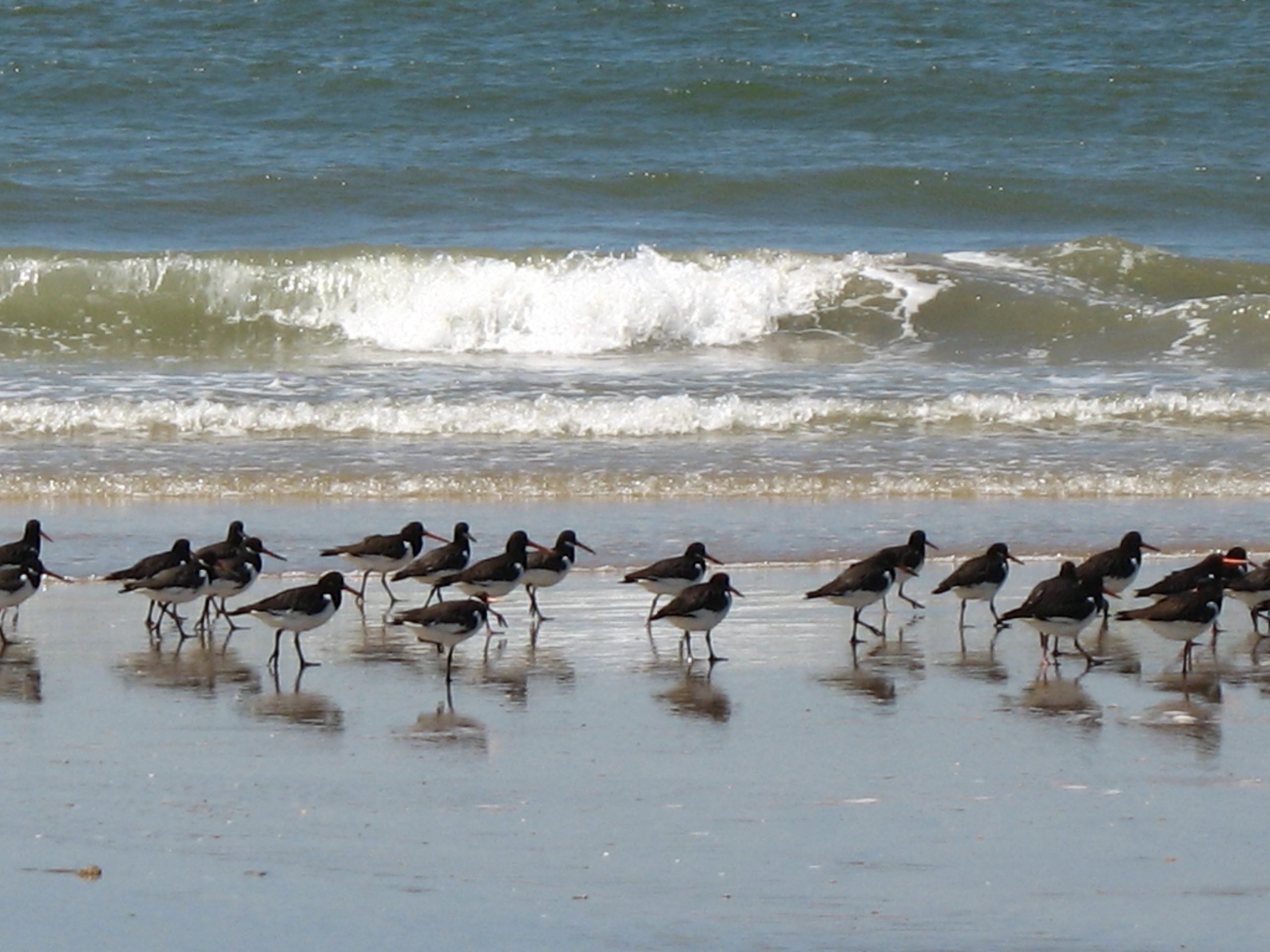
In the late 1800s, Robert Koch and Fredrich Loeffler laid out guidelines for identifying which microbe was the causative agent of a specific disease. It follows then that diagnostics are targeted towards specific, known pathogens and are often developed to identify a particular species of pathogen or parasite.
But how are infectious agents studied when we don’t know what they are? For many non-human hosts, we lack an understanding of the microbes that cause disease. New sequencing technology that enables genetic characterization WITHOUT prior knowledge of what is there has lead to a dramatic increase in our understanding of the diversity and evolution of microbes.
We’ll focus on a recent study that leverages metagenomics to study whole communities of microbes found in waterbird fecal samples. Characterizing the genetics of a whole community of microbes is only possible because sequencing technology allows unbiased characterization (i.e. non-targeted) and prices are falling dramatically.

Study design
Scientists aimed to quantify and characterize eukaryotic and microeukaryotic organisms in fecal samples collected from a diversity of migratory waterbirds (ducks, geese, gulls, shorebirds). They were interested in the organisms that may infect the birds themselves but also what organisms may be dispersed by migratory birds.
In total, they collected fecal samples from 27 individuals in two National Parks in Southwestern Spain. Nine different bird species contributed samples – including the Dunlin, Eurasian wigeon, and Great Cormorant. These represented diverse bird species that shared similar . DNA was extracted from each sample – part of the extracted DNA was sequenced directly and another part was further processed to amplify and target a specific gene. The benefit of the second method is that you can increase detection of bacteria but it results in biased assessment of microbe diversity. In addition to identifying what is in each sample – metagenomics allows scientists to identify how closely related organisms are by comparing genetic sequences.
Findings
- The DNA from lots of diverse microorganisms were found, including: nematodes, digenean, and cestodes.
- Most of the identified organisms reflect the diet (i.e. chromodorean nematode sequences in fish-eating species, algae and plants in ducks)
- Microsporidia were only found in Dunlin and ducks, but quite common
- Primer-amplified sequencing data revelaed more and new diversity with a specific group, but biased the dataset
- There were many similar microbes between the different bird species, but also some that were unique. Shared microbes may likely reflect a shared environment and similar diets.
What next?
New sequencing technology has revolutionized how we study diverse microbe communities in wild populations. This study demonstrates that metagenomics and fecal samples can be used to characterize diversity in wild birds and future studies can build on this to understand how this changes over time and in different environments.

Comments